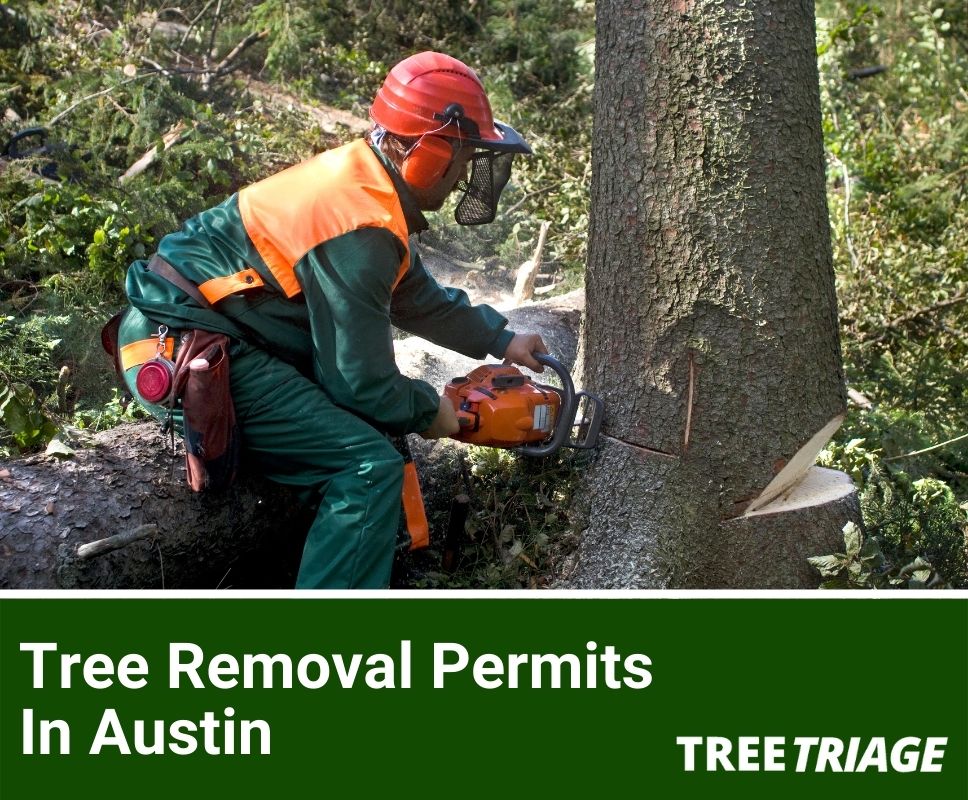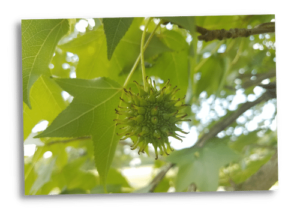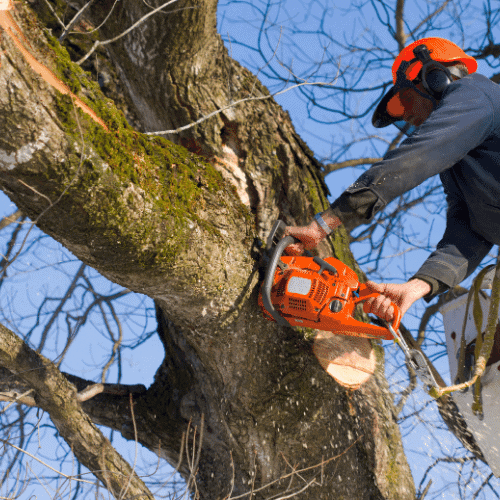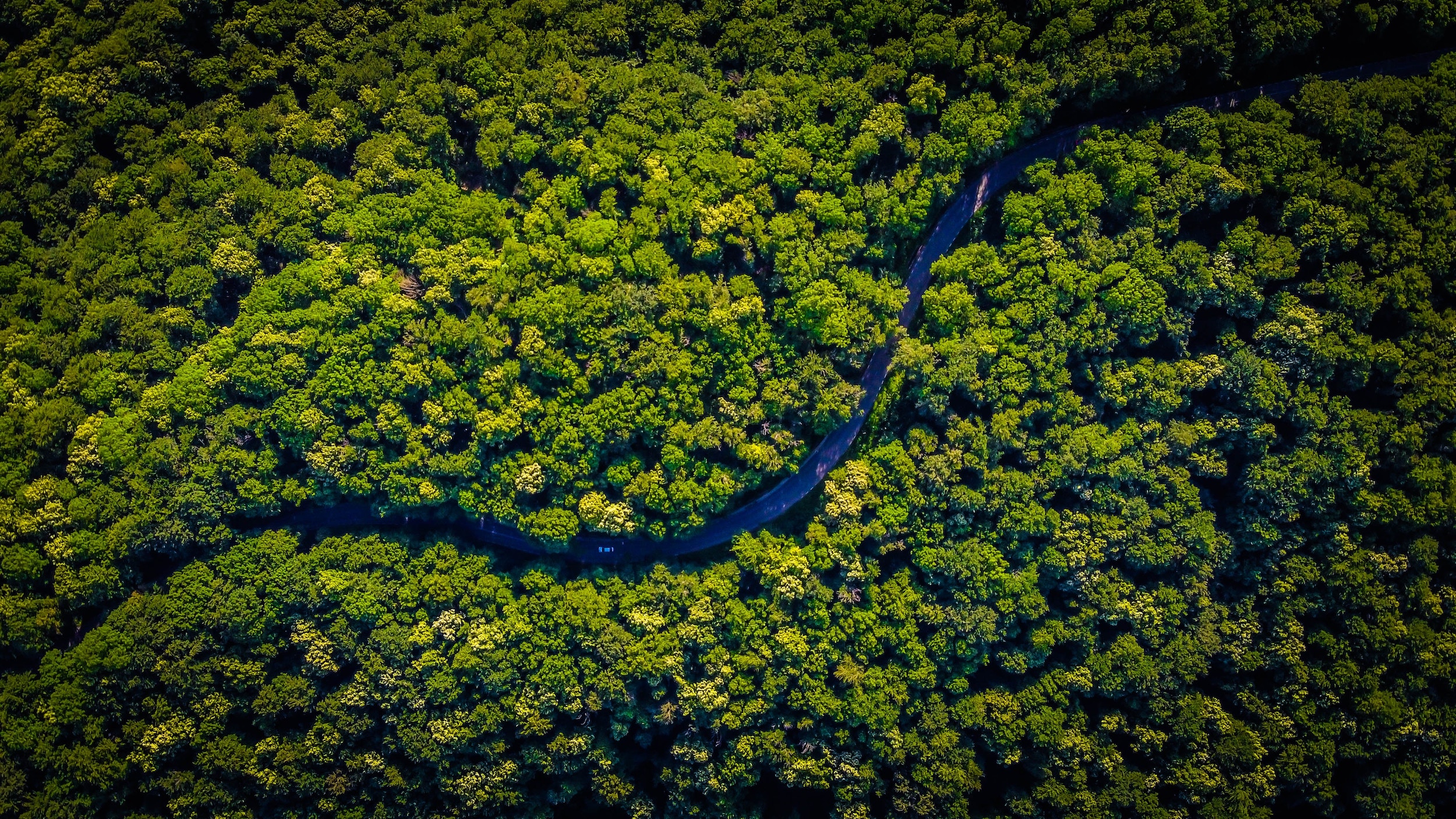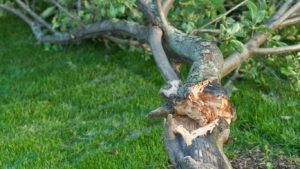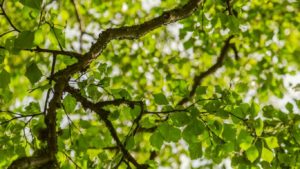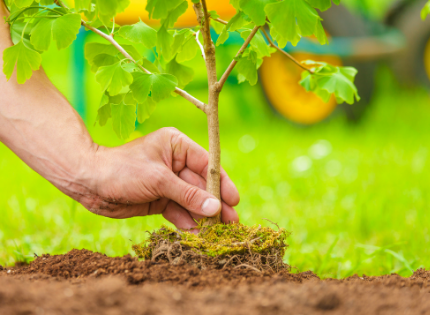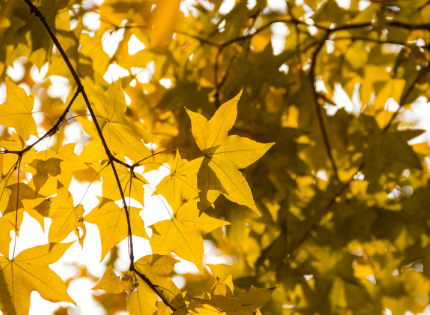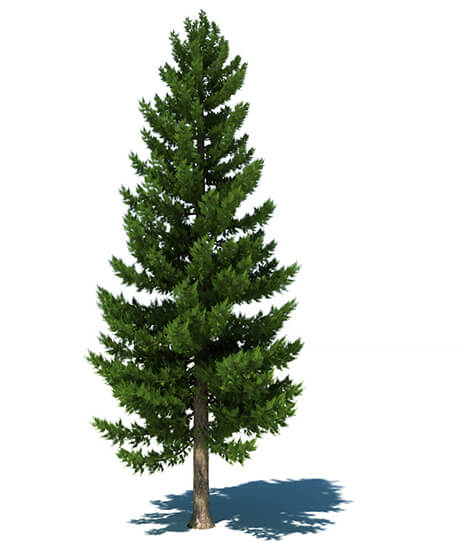Contents (Click To Jump)
How Do You Get A Tree Removal Permit In Austin?
Most of the municipalities in Central Texas go to great lengths to protect the already impressive tree canopy in the area via tree protection ordinances. As such, obtaining a tree removal permit in Austin can be somewhat convoluted. We’ll break down the requirements step by step below to help guide you through the process seamlessly.
Determine If a Tree Ordinance Review Application (TORA) Is Required
Your first step is to figure out if a TORA is necessary. A TORA is an application to the city to determine if permitting is required. TORA’s are needed if the tree in question is dead, dying, infested with pests, or harboring a deadly or communicable tree disease.
You’ll also need a TORA for trees that pose any type of hazard to the world around them. Common examples include those that are growing dangerously close to your house or another structure — like a shed or your neighbor’s house — and those that have branches reaching up to or above power lines.
A Tree Ordinance Review Application may also need to be submitted to the city for any tree you want to remove as a part of development for commercial or residential properties, including laying new utility lines or upgrading existing ones. However, sometimes removal is included in your building permit or approved site plan, so check with your contractor before applying.
Get the Tree Review Done
If you do need a tree review, your next step will be scheduling the inspection. During the plan review, a certified arborist or qualified inspector from the city will come to your property to inspect the tree and confirm if the tree does need to be removed for the reasons stated on your application. Once the tree review is completed, you can proceed with applying for a permit.
The fees for a city official to come to inspect your tree and review your application vary depending on the reason you want the tree removed. They range from around $125 up to nearly $8,000 for commercial applications.
Receive Your Permit and Proceed With the Removal
Once your application is approved, you’ll automatically be granted a permit for tree removal. This permit can be provided to your tree removal experts to confirm that the tree can be taken down legally. If you’re working with our experts, we can handle the permitting and approval steps for you, so we’ll already have access to the permit.
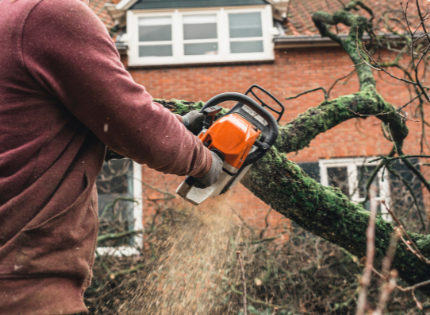
Sometimes, the City of Austin adds conditions to the permit as part of the review process stating that specific criteria must be met during or following removal of the approved tree. If this is the case, you’ll need to schedule a post-removal inspection so that the city can confirm that the conditions were met.
Most often, this is for tree removal mitigation, which states you must replace the removed tree with a qualifying species. Again, our experts always take care of this step for you to save you some time and potential frustration.
Permits for Emergency Tree Removal in Austin Texas
The above steps to receive a permit can be skipped if the tree in question needs to be removed on an emergency basis. Situations that are deemed emergencies include if the tree has already fallen, if it’s about to, if it already has damaged personal property or interfered with electrical lines, or if it’s putting a right of way or moving traffic at risk.
In emergency cases, you can email the city arborist for a rushed permit, or you can have our experts remove the tree immediately and apply for a permit during the next business day.
Which Trees Are Protected?
In an effort to maintain a healthy and voluminous tree canopy, the City of Austin enforces tree preservation for many different trees, which ensures that a permit is obtained prior to removal. Removal is specifically defined as any act that could severely disrupt the life of the tree in question, even if the tree is not physically removed.
Examples of removal include uprooting the tree, cutting the trunk, causing major damage to the critical root zone, or pruning to the point where the tree dies or is unable to recover. This is one reason why it’s important to have a tree care expert prune your trees for you.
We’ll discuss the different protected species below, but note that they are only protected if they have reached a breast-height trunk diameter of 19 inches or more. Breast height diameter is measured around the trunk at a height of 4½ feet above ground level.
The below trees, referred to as “heritage trees” once they’ve reached the 19 inch diameter, have stricter regulations than all others in Austin.
Texas Ash
Texas ash trees grow to a height of between 30 and 45 feet and typically have a trunk width of around 24 inches. The crown is oval and provides sufficient shade to homeowners throughout Austin.
Bald Cypress
The bald cypress is a conifer that reaches heights of between 50 and 75 feet. Named for its somewhat unique process of shedding its needles each fall, the bald cypress is not considered an evergreen.
American Elm
American elms are large trees that can reach over 100 feet tall, but most max out around the 80-foot mark. These trees have a thick canopy that can reach impressive widths of about 70 feet, so they offer tons of shade to protect Austin homeowners from the summer heat in Texas.
Cedar Elm
Cedar elms look similar to American elms, but they’re generally shorter, thinner, and have smaller leaves. They can stand up to about 70 feet tall, and their canopies can span up to about 60 feet.
Texas Madrone
Texas madrone trees are shorter than most other protected trees at a maximum of around 30 feet tall. They have multiple trunks that span outward into a lush canopy, and they sport white flowers and orange or red berries.
Bigtooth Maple
Most bigtooth maple trees are between 20 and 30 feet tall, although some can reach up to around 50 feet. They span out from a single, thick trunk into a broad canopy of large maple leaves. Bigtooth maples are some of the few maple varieties that can handle the droughts that commonly plague Austin and the rest of Central Texas.
All Oak Species
The City of Austin protects all oak species that have reached a breast height diameter of 19 inches or more. This includes the live oak, Mexican oak, lacey oak, red oak, bur oak, and the chinquapin oak.
Pecan Trees
The pecan tree is Texas’s state tree, so it’s unsurprising that they are a protected species. These trees can reach impressive heights of up to 130 feet or so. They grow pecans from their canopies, which can spread out up to 75 feet in diameter. These trees are exceptionally dense and have an oval shape at maturity.
Arizona Walnut
Arizona walnut trees are moderate in height, rarely growing beyond 45 feet tall. Their crowns are rounded, and they produce walnuts among the long, oval-shaped leaves. Arizona walnut trees often have multiple trunks that span out from very near the ground.
Eastern Black Walnut
Eastern black walnut trees can hit around 50 feet in height, and they’re often as wide as they are tall. They usually fruit every other year once they are about eight years old.
What Are The Reasons For Tree Removal?
There are many reasons you might need to remove a tree, especially in an area like Central Texas, where the weather and climate are often not conducive to healthy tree growth. We’ll discuss the most common reasons for tree removal in Austin below.
Dead or Dying Trees
Unfortunately, trees on your property die from time to time, and there’s not always a clear reason why. In Austin, many trees perish because of a lack of sufficient water during prolonged drought. Texas droughts can last weeks or even months, and some weaker species or individual trees may not be able to bounce back.
Austin homeowners are well equipped to handle extreme temperatures in the summer months, sometimes reaching over 110 degrees (F). Trees are less adept at being able to survive through these temperatures, especially if they occur for long periods. Trees in Central Texas can suffer from sunscald — similar to sunburn for humans — and wilting in sweltering weather.
Although Coastal Texas gets hit with far more extreme weather, trees in Austin can still be damaged or even killed entirely by hurricanes, tropical storms, and flooding brought on by these severe weather events. Heavy wind, intense rain, and lightning strikes can all leave trees dead and require removal services from a company like us.
Some trees die due to human intervention, which could include damaging the trunk with landscaping equipment or a car, over-pruning, or other poor pruning techniques like topping, and damaging the root systems with digging or soil compression.
No matter the cause, a dead or dying tree puts your home and your family at risk. Dying trees are far more likely to drop heavy limbs that can cause property damage or personal injury, and they’re also at higher risk of coming down entirely during heavy wind or other extreme weather.
Diseased Trees
Trees in Austin are at risk of various tree diseases, including:
- Oak Wilt
- Hypoxylon Canker
- Anthracnose
- Root Rot
- Butt Rot
- White Rot
- Slime Flux
- Fire Blight
- Dutch Elm Disease
- Entomosporium Leaf Spot
- Tubakia Leaf Spot
- Oak Leaf Blister
- Powdery Mildew
- Bacterial Leaf Scorch
- Cedar-apple Rust
- Verticillium Wilt
- Twig Blight
These infections spread most often to stressed or damaged trees, but even healthy trees can be infected. Most of these ailments are deadly, and an affected tree can quickly spread its disease to others nearby.
These tree diseases commonly affect the tree’s ability to intake water and nutrients from the soil or spread resources to the areas where they’re necessary for healthy growth. You might notice dead branches on your tree, spots on the leaves, wilting, or other signs that your tree isn’t as healthy as it once was.
Infected trees are more likely to topple over and drop heavy limbs, putting you, your family, and your home at risk. Even if the tree doesn’t put people or property in harm’s way, it should be removed to prevent the disease from spreading to other trees.
Pest-Infested Trees
In addition to tree diseases, trees in Austin are also at risk of numerous tree pests. The insects listed below are the most prevalent in the Central Texas area:
- Lace Bugs
- Spider Mites
- Aphids
- Scales
- Tent Caterpillars
- Bag Worms
- Webworms
- Juniper or Cedar Budworms
- Cottonwood Borers
- Redheaded Ash Borers
- Emerald Ash Borer
- Gum Borer
These insects usually destroy trees by consuming sapwood, boring through the protective trunk, eating through energy-producing leaves, or sucking the sap directly out of the tree and leaving it without the food it requires for healthy growth.
Tree pests can infest any tree, but they’re more likely to attack dying or stressed ones in the Austin area. Pests often move onto other healthy trees in the vicinity after devouring their primary target.
Trees That Pose a Hazard
Finally, you might need to remove a tree on your property because it poses some other hazard. Some trees planted beneath power lines eventually grow up to and around the lines. Electricity can arc from the line to the tree, so any branches within 10 feet of the electrical wires are at risk of catching fire. Tree limbs near power lines can also fall during storms, knocking down the line and leaving homeowners without electricity.
Trees that threaten rights of way, like streets and sidewalks, also commonly need removal. They might impede traffic or put pedestrians or drivers at severe risk of injury. They become even more dangerous if they are dying, infected with a tree disease, or affected by one of the many tree pests in the area.
How Can A Tree Removal Expert Help?
Hiring a tree removal expert like us is crucial for removing any tree taller than 8-10 feet. As a general rule of thumb, you should never attempt to prune or remove a tree that requires a ladder to do so. You put yourself and your surroundings at risk when you try to take down a tree larger than 10 feet.
Trees located near your home, power lines, or other personal property require an expert like us to remove them safely. We employ a top-down method that ensures no one is hurt and no property is damaged in the process, and we have the equipment, machinery, and experience to take even the most precarious of trees down without any issues.
We work in the Austin area constantly, so we’re well-equipped to remove any trees that are infected or infested. We’ll use tree-friendly methods of removal and quarantining to ensure the issue doesn’t spread to other nearby trees in the process.
In addition to the safety and peace of mind experts like us offer during removal services, we can also handle the permit application process for you. We’ll file all necessary paperwork, ensure that the permit is obtained quickly and that all stipulations are followed, and we’ll even schedule Austin’s post-removal inspection for you.
Plus, our experts are highly trained and capable of taking down trees without ruining your lawn or landscaping. We use cutting-edge technology and removal strategies to ensure you’re pleased with our work, and we back everything we do with a 100% customer satisfaction guarantee.

